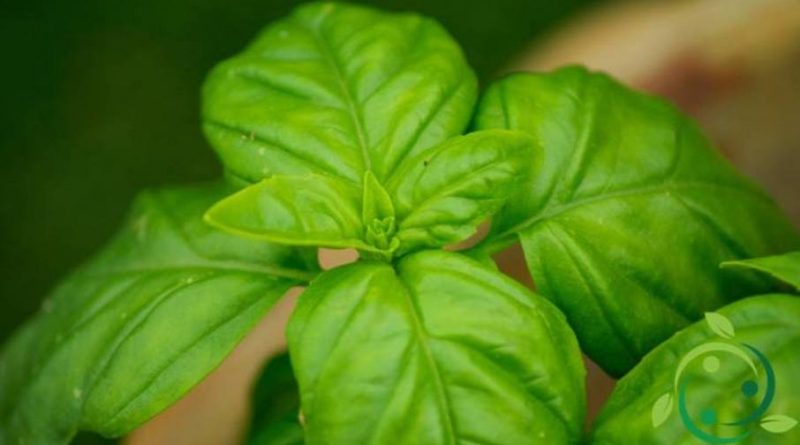How to grow basil organically
How to grow basil organically
The basil (Ocimum basilicum, L., 1753) is a plant native to India but perfectly acclimatized in the Mediterranean climate and in Italy. For a good organic cultivation, however, carefully choose the site, the type of soil and the exposure.
The climate must necessarily be warm, with mild winter, and the soil of medium dough, fresh, well drained and well endowed with organic substance. For this reason, when the basil is implanted for the first time in a soil, it must be made a preventive fertilization with well-mature manure or organic compost or earthworm humus. Absolutely no fertilizers of a nitric nature (which are transformed into nitrites at the leaf level) or minerals that significantly alter the organoleptic qualities must be avoided. To the organic fertilization it is possible to add ash obtained from the burning of organic vegetable products and residues. Excellent is also the choice to associate the basil with: green beans, peppers and tomatoes that give a light (but not excessive) shading improve the organoleptic qualities of the plant.
The sowing can be done in open field from April to May (or preceded a month before in seedbeds). The seed should be buried at a depth of no more than 0.5 cm and the first seedlings will be between 8-12 days. For fans of the lunar phases, the most suitable period is with a crescent moon. If you have sown in seedbeds, the transplant should be done when the seedlings have developed the 4th-6th leaf.
Even if the best technique is often sown in the cultivation of family gardens, the best technique is to sow it in rows (or in associations) with a distance between the 20-30 cm seedlings on the row and 30-35 cm between rows (also depends from the size of the selected basil variety).
Basil is a plant that needs frequent irrigation; in hot periods you can get two irrigations in one day. Among the necessary techniques we mention the scerbature and the weeding that, however, with the technique of a good vegetable mulch, can be eliminated. Among other things, mulching plays important ecological functions.
For the collection technique this depends on the objective of the plant; if for family use this is carried out in a scalar manner as the need arises; in this case, since the basil blooms from June to the end of August-September, it is advisable to remove the vegetative apices before the formation of the inflorescences that form at the base of the leaves to prolong the vegetative period; in the case of cultivations on vast extensions the plants are grubbed up or cut off at the base and sent to the industries for the extraction of aromatic substances.
The basil can be attacked by the ill white (oidium), fusariosis and radical rottenness, especially when the sun exposure is not optimal and from aphids and red spiders. Normally if we have complied with the above indications should not be a real problem.

